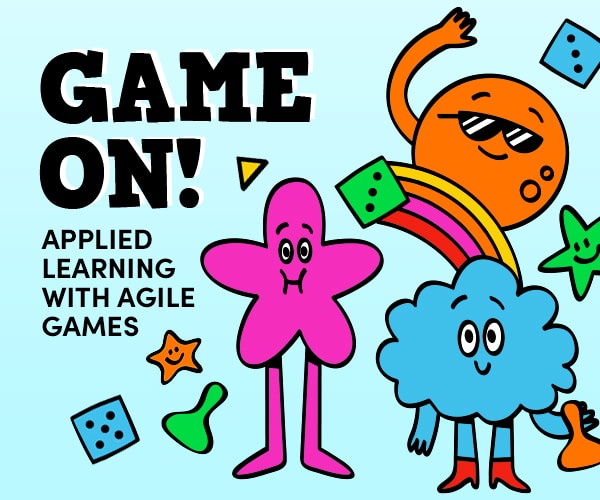Pass on Perfection is a game suitable for creating a Minimally Viable Product or anything else you need that is minimally viable. Several people have reported on using it for teaming agreements, definitions of done or ready, or actions to possibly obtain some form of improvement. It’s simple and fun and plays out a bit differently with groups and subjects.
It’s a mash-up of Yes And… thinking with the concept of the Perfection Game as described in the Core Protocols using a series of rounds and passing. It takes between 20-180 minutes (depending on the subject) and works like this:
We are trying to accomplish X (where X can be just about anything that we want to have a set of items that make it minimally viable).
ROUND 1
1) Starting with one person, that person contributes an item that they think will help us accomplish X. They can explain their contribution if necessary.
2) Then in a round robin fashion, each person continues to contribute items – explaining if clarity is needed. If the person has nothing to contribute they simply say ‘pass’. Once we go around the circle where everyone has said they pass it means the group has nothing else to contribute as ideas.
We have what is considered the maximum possible to accomplish X. Now we want to reduce this list down to the minimum necessary to accomplish X.
ROUND 2
3) Starting with the next person, they look at the list and select an item they don’t think is absolutely necessary. They proposition the group that they want to remove this item stating why or they may ‘pass’.
4) Others offer supporting or countering opinions on whether that item is moved to a ‘deferred for consideration list’ (aka a backlog) or remains in the current list as part of what is minimally viable. We’re looking for consensus with something like a formal Roman Vote if necessary to ensure clarity. The item is either in the minimum necessary or out to the backlog for later consideration.
5) We go round robin with each person either passing or proposing; things can be proposed more than once as clarity is gained with each time it is proposed on whether it may be truly necessary or not.
6) Once everyone passes, we now have what we consider to be minimally necessary to accomplish X and a ready backlog of items we can pull from later. These items can then be prioritized or may have naturally emerged from the group during discussion.
Variations:
For something like a feature set for a product, there may be a product manager or product owner that gets final say. For something like a Definition of Ready, the technical team may have final say on what they consider ‘ready’.
You can disallow a person to reenter if they pass; this may have the people take a little longer to contemplate as they will want to ensure they don’t have any new contribution (first round) or propose to be removed (second round). This could also have the reverse problem where not enough contributions and/or removals occur if these are made in haste.
Advantages
Using this game helps ensure all ideas are considered without then also having to do some decluttering like affinity analysis to group similar thoughts or remove duplicates.
It also helps a group have thoughtful contemplation on what is removed.
This game was created by April Jefferson and Paul Boos at the US Agile Coach Camp 2016 in Saint Louis, Missouri, USA. Enjoy! We now have a presentation used at Agile2019 that can help you learn the flow of this game graphically; it includes a retro as a learning debrief. Drop by https://www.slideshare.net/pmboos/pass-on-perfection
Incidentally, the preposition ‘on’ was crowdsourced using this game… (Originally, we were torn with Pass the Perfection and Pass to Perfection…)






